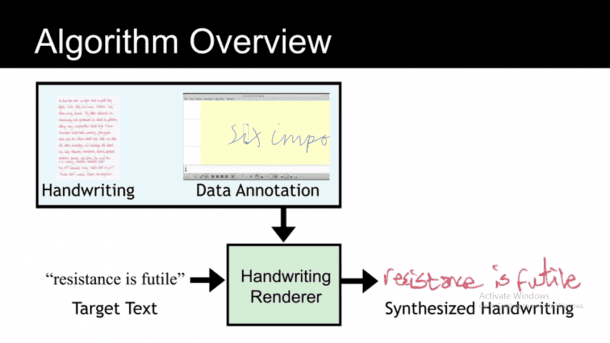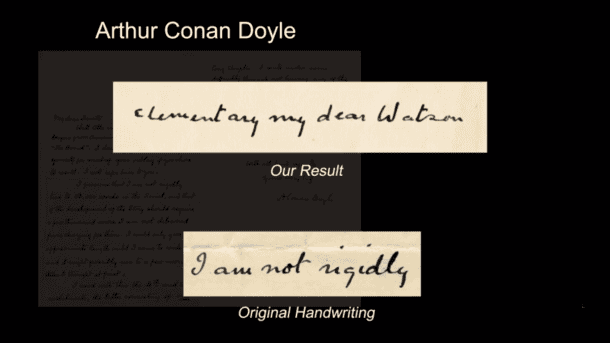You might have heard someone ranting about the lack of “human touch” with everything these days. The reminiscences of good old days when buggies used to travel on muddy roads, and how they have been overtaken by today’s speeding and screeching sports cars. How the traditions of actually going and meeting someone are vanishing and now converting into a Skype call or video messages. Similarly, the process of sending letters and postcards has been bullied over by technology in the shape of text messages and calls. Obviously, all these things are a lot safer, cheaper, and convenient. In the case of letter writing, one cannot deny that it was a beautiful art that showed compassion and a personal touch in conversations. A significant aspect of letter writing is handwriting; the aspect of letter-writing that is missed by the relicts.
In a bid to placate some worries of the traditionalists and conserve the dying art of handwriting while keeping up with the fast pace of today’s technology, scientists at University College London have developed a computer program that can replicate and reproduce a person’s handwriting. The program is called “My Text in Your Handwriting,” and it has all the elements to be a great hit with the retrophiliacs.
This program is another example of the recent advancements in the domain of machine learning. It reads a small sample of handwriting from the user, “learns it,” and then lets the user type the text using their handwriting. This program ensures that the beautiful skill of handwritten things can continue, but with the lightning speed of typing and email.
The program utilizes an algorithm that analyzes a person’s “glyphs,” the method of writing a note that is almost different for every person. The software then looks for the consistencies and the finer details of the handwriting, such as the styles and spacing of these glyphs. It then replicates the writing in the digital format. The software is also capable of reproducing a person’s pen-line texture and color, ligatures, vertical, and horizontal spacing.

According to Dr. Tom Haines, one of the developers of the program, their software has a lot of potential for a wide range of applications. It can be used by stroke victims to write things in their handwriting. Comic books can also use this software where a piece of handwritten text can be translated into different languages without losing the author’s original style.
There are various kinds of software that claim to write “just like human beings,” but in essence, their results are easily identifiable. However, according to a survey, this software produces text that fooled 40 percent of the people. They were asked to differentiate between handwritten and software generated text.

Penmanship of luminaries like Abraham Lincoln, Frida Kahlo, and Arthur Conan Doyle was also replicated pretty well using this software. In the picture above, you can see the writing of Arthur Conan Doyle by the software, and then a sample of his original writing. To deal with the high risk of forgeries, the researchers pointed out that their handwriting analysis software synthesizes tiny details in texture and shape. It is a handy tool to identify forgeries.
Would you consider writing all your future conversations using this software? Share your views in the comments’ section below!


